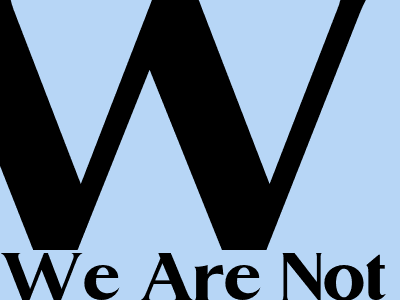We Are Not the Same Meme: A Comprehensive Analysis
Origins and Cultural Impact
The "We Are Not the Same" meme, originating from a 2006 anime, has gained immense popularity in recent years, resonating with individuals who feel a sense of isolation or difference. It portrays two characters side-by-side, often with contrasting expressions or actions, highlighting the disparities between them. The meme has become a relatable way to express feelings of individuality, alienation, or superiority.
Popularity and Evolution
The meme's widespread appeal stems from its versatility and adaptability. It can be used in various contexts, from personal experiences to social commentary. Users have created countless variations, adding their own text or imagery to convey a range of emotions and perspectives. The meme's impact extends beyond online communities, influencing popular culture through its appearance in mainstream media and merchandise.
Psychological Implications
The "We Are Not the Same" meme taps into fundamental psychological needs. It provides a platform for individuals to express feelings of uniqueness and separation from others. According to social identity theory, people derive a sense of belonging and self-worth from identifying with certain groups and differentiating themselves from others. This meme allows individuals to establish a shared identity with others who may share similar experiences or perspectives.
Social Comparison and Identity Formation
The meme encourages social comparison, as individuals juxtapose themselves with the other character in the image. This process can lead to feelings of validation or inadequacy, depending on the perceived differences. For those who identify with the superior character, it can bolster their self-esteem. Conversely, for those who relate to the inferior character, it can highlight feelings of self-doubt or envy.
Cultural Significance
Beyond its psychological implications, the "We Are Not the Same" meme reflects broader cultural shifts. It highlights the increasing prevalence of individualism and the desire for self-expression in contemporary society. It also underscores the challenges individuals face in navigating a complex and often polarizing social landscape.
Implications for Inclusivity and Social Cohesion
The meme's focus on difference can raise questions about inclusivity and social cohesion. It is important to note that the meme is often used in a lighthearted manner and should not be taken as a serious critique of diversity. However, it is worth considering the potential impact it may have on individuals who feel excluded or marginalized.
Conclusion
The "We Are Not the Same" meme is a complex and multifaceted phenomenon that has resonated with millions worldwide. It provides a platform for expressing individuality, exploring psychological needs, and reflecting on cultural shifts. While it can be a valuable tool for self-expression, it is important to use it responsibly and be mindful of its potential implications for inclusivity and social cohesion.

Comments